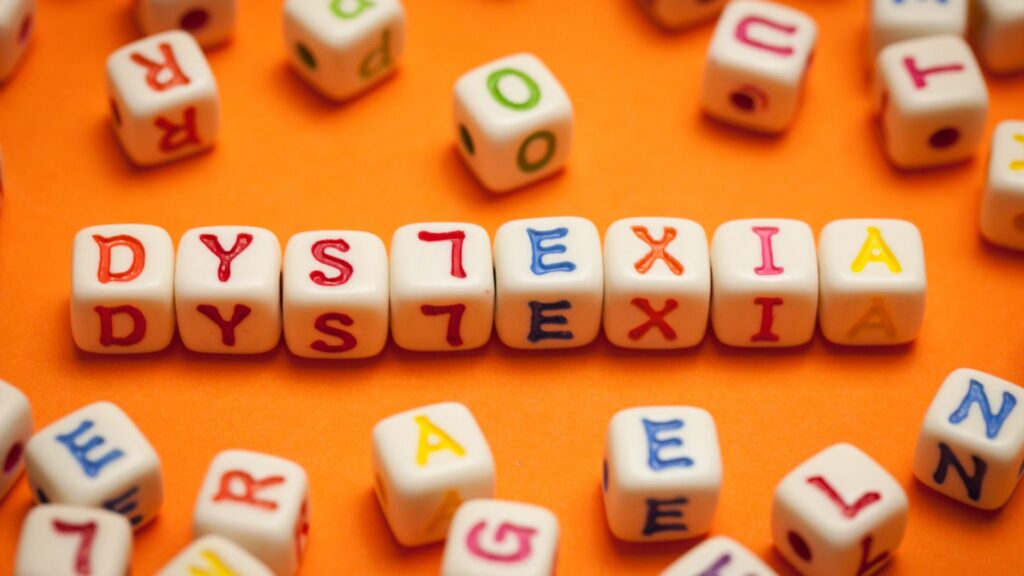Get Ready to Play and Learn! Dyslexia doesn’t have to be challenging when you have the right games in your arsenal. Join us on an exciting journey as we explore the top five fun and effective dyslexia games to improve reading skills.
These games really do work; I have seen the effects for myself. It is important to note that dyslexia cannot be “cured” by games alone, but certain games and activities can help individuals with dyslexia improve their learning skills in a fun and engaging way.
From phonics adventures to sight word quests, word-building challenges, memory puzzles, and multi-sensory delights, these games are designed to engage, inspire, and empower individuals with dyslexia to thrive. These games are really fun, and they work miracles.
Grab your joystick or touchscreen, and let’s embark on an epic gaming adventure to boost your learning skills to the next level!
Top 5 effective Dyslexia Games to Improve Reading
1. Phonics-based Games

Phonics-based games can be particularly helpful for individuals with dyslexia as they focus on the relationship between sounds and letters, which can help improve letter-sound recognition, blending, and decoding skills.
Here are some additional details about these types of games. These phonics-based games, and others like them, can be fun and interactive for individuals with dyslexia to practice letter-sound recognition, blending, and decoding skills in an enjoyable and supportive environment.
It’s important to select games appropriate for the individual’s skill level and work with a qualified professional to tailor the approach to their needs and progress.
A. Phonics Bingo
In Phonics Bingo, players have bingo cards with various letters or letter combinations, and the game caller calls out words or sounds. Players then mark the corresponding letters or letter combinations on their bingo cards. This game helps reinforce letter-sound associations and encourages players to listen for and identify specific word sounds.
B. Phonics Memory
Phonics Memory is a matching game where players flip over cards with letters or letter combinations and try to find matching pairs. Players say the sound associated with the letters or letter combinations when a pair is found. This game can help improve letter recognition, letter-sound associations, and memory skills.
C. Phonics Fishing
Phonics Fishing is a hands-on game where players use a fishing rod with a magnet to “catch” fish with letters or letter combinations written on them. Players then say the sound associated with the letters or letter combinations they catch.
This game provides a kinesthetic and multi-sensory approach to learning letter-sound associations and can be particularly engaging for individuals with dyslexia.
2. Sight Words Games
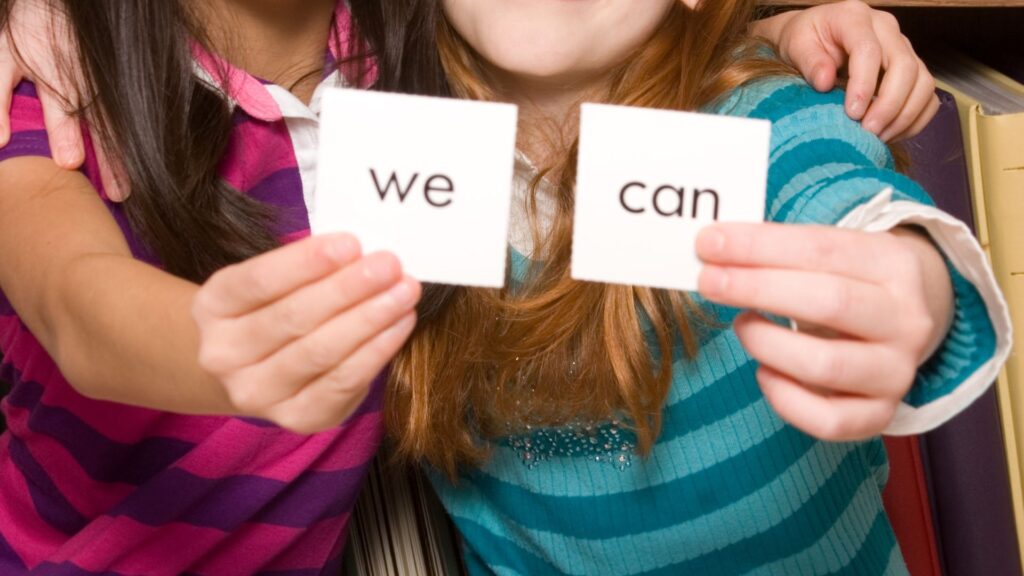
Sight words, also known as high-frequency words or irregular words, are often challenging for individuals with dyslexia as they do not always follow regular spelling rules. This games can effectively improve sight word recognition and increase reading fluency.
Here are some additional details about these types of games. These sight word games and other variations can help improve sight word recognition and increase reading fluency in individuals with dyslexia. It’s important to select games appropriate for the individual’s skill level and progress and to work with a qualified professional to tailor the approach to their needs and learning style.
A. Sight Word Bingo
In Sight Word Bingo, players have bingo cards with different sight words, and the game caller calls out sight words. Players then mark the corresponding words on their bingo cards. This game helps reinforce sight word recognition and encourages players to quickly identify and read sight words in a fun and engaging way.
B. Sight Word Memory
Sight Word Memory is a matching game where players flip over cards with sight words written on them and try to find matching pairs. When a pair is found, players read the sight words aloud. This game can help improve sight word recognition, memory, and reading fluency.
C. Sight Word Hide and Seek
Sight Word Hide and Seek is a game where sight words are hidden around a room or designated area. Players then search for and read aloud the sight words they find. This game adds a physical and kinesthetic element to sight word practice, making it interactive and enjoyable for individuals with dyslexia.
3. Word Building Games
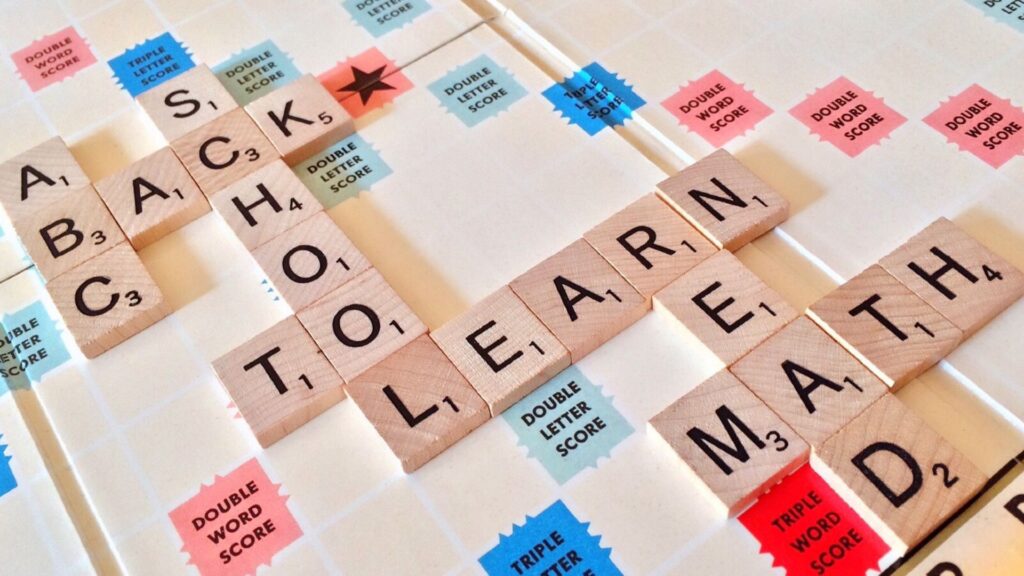
Word-building games can be highly beneficial for individuals with dyslexia as they provide opportunities to practice and reinforce important skills such as vocabulary, spelling, and word recognition.
Here are some additional details about these types of games. These word-building games and similar games can effectively improve vocabulary, spelling, and word recognition skills in individuals with dyslexia. They provide opportunities for hands-on manipulation of letters, word formation, and strategic thinking, which can help reinforce letter-sound associations and improve reading and writing abilities.
It’s important to select games appropriate for the individual’s skill level and progress and to work with a qualified professional to tailor the approach to their needs and learning style.
A. Scrabble
Scrabble is a classic word-building game where players use letter tiles to create words on a game board. Players earn points based on the length and complexity of the words they create. Scrabble requires players to manipulate letters, form words, and strategically place them on the board, which can help improve spelling, word recognition, and strategic thinking skills.
B. Bananagrams
Bananagrams is a fast-paced word-building game where players race to create a grid of related words using letter tiles. Players work independently to create their grid of words and do not have to take turns, making it an engaging game for individuals with dyslexia who may struggle with turn-taking. Bananagrams promote quick thinking, letter recognition, and word formation skills.
C. Word Search
Word Search is a puzzle game where players search for and circle words hidden in a grid of letters. The puzzles can be themed, such as focusing on specific topics or categories, which can help improve vocabulary and word recognition in specific areas of interest. Word Search games encourage visual scanning, letter recognition, and word identification skills.
4. Memory Games
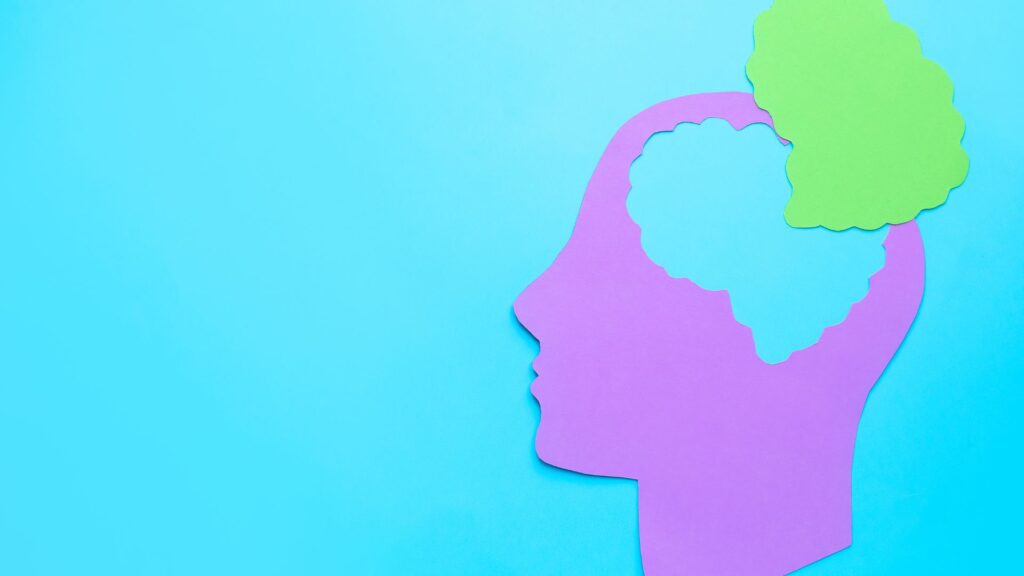
Memory games can benefit individuals with dyslexia as they help improve working memory, which is crucial for retaining and recalling information.
Here are some additional details about these types of games. These and similar games can effectively improve working memory, concentration, attention to detail, and visual-spatial skills in individuals with dyslexia. These cognitive abilities are important for reading, writing, and other academic tasks.
It’s important to select games appropriate for the individual’s skill level and progress and to work with a qualified professional to tailor the approach to their needs and learning style.
A. Concentration
Concentration, also known as memory, is a game where players try to find matching pairs of cards by flipping them over and remembering their locations. Players take turns flipping over cards and trying to remember where the matching pairs are located.
Concentration requires concentration, attention to detail, and visual-spatial skills, which can help improve working memory and cognitive abilities related to reading and writing.
B. Matching Pairs
Matching Pairs is similar to concentration, but it can be played with other types of objects, such as tiles, stones, or even words or images. Players try to find matching pairs by flipping them over and remembering their locations.
Matching Pairs can be customized to include words or images related to specific vocabulary or spelling patterns, which can make it more relevant for individuals with dyslexia and help improve word recognition and spelling skills.
C. Simon Says
Simon Says is a classic game where players need to follow instructions given by the leader, “Simon.” The instructions can include actions, colors, or words, and players need to remember and follow them in the correct order. Simon Says requires listening skills, attention, and working memory, which can help individuals with dyslexia improve their ability to follow instructions and retain information.
5. Multi-Sensory Games
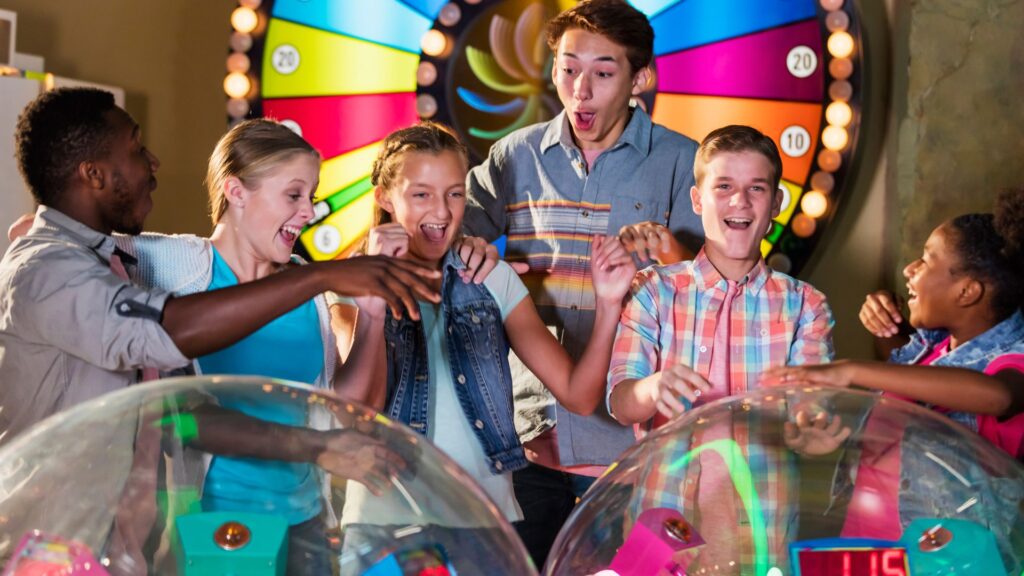
Multi-sensory games can be highly effective for individuals with dyslexia as they engage multiple senses, enhancing learning and improving various skills.
Here are some additional details about these types of games. These multi-sensory games, along with other similar games and activities, can effectively reinforce letter-sound associations, improve fine motor skills, increase tactile awareness, and enhance overall learning for individuals with dyslexia.
It’s important to select games and activities appropriate for the individual’s skill level and progress and to work with a qualified professional to tailor the approach to their needs and learning style.
A. Letter Tracing Apps
Letter tracing apps are interactive games that allow individuals to trace letters on a digital device, such as a tablet or smartphone, using their fingers or a stylus. These apps often include visual cues, auditory feedback, and sometimes even haptic feedback, providing a multi-sensory experience.
Letter tracing apps can help reinforce letter-sound associations, improve fine motor skills, and provide visual and auditory feedback, which can be helpful for individuals with dyslexia.
B. Sand Writing
Sand writing is a multi-sensory activity where individuals can practice writing letters or words by tracing them in sand or other tactile materials. This activity engages the sense of touch and movement and can help improve fine motor skills, letter formation, and tactile awareness.
Sand writing can be done with physical materials, such as a sandbox or tray of sand, or with virtual sand writing apps that provide a similar multi-sensory experience.
C. Tactile Letter Boards
Tactile letter boards are physical boards or mats with textured surfaces with raised letters that individuals can trace with their fingers. These letter boards provide a multi-sensory experience by engaging the sense of touch and movement and can help reinforce letter-sound associations, improve fine motor skills, and provide tactile feedback.
Tactile letter boards can be used for letter formation practice, spelling activities, and other multi-sensory learning exercises.
Conclusion | Top 5 Dyslexia Games to Improve Reading
Various games can be beneficial for individuals with dyslexia to improve their learning skills. It’s important to select games appropriate for the individual’s skill level and progress and to work with a qualified professional to tailor the approach to their needs and learning style.
These games can be part of a comprehensive approach to support individuals with dyslexia in their learning journey, along with other evidence-based interventions, such as structured literacy instruction, assistive technologies, and accommodations.
By incorporating these games into a well-rounded approach, individuals with dyslexia can have an enjoyable and effective way to improve their learning skills and reach their full potential. Happy learning!
Also, feel free to check out more from us:
